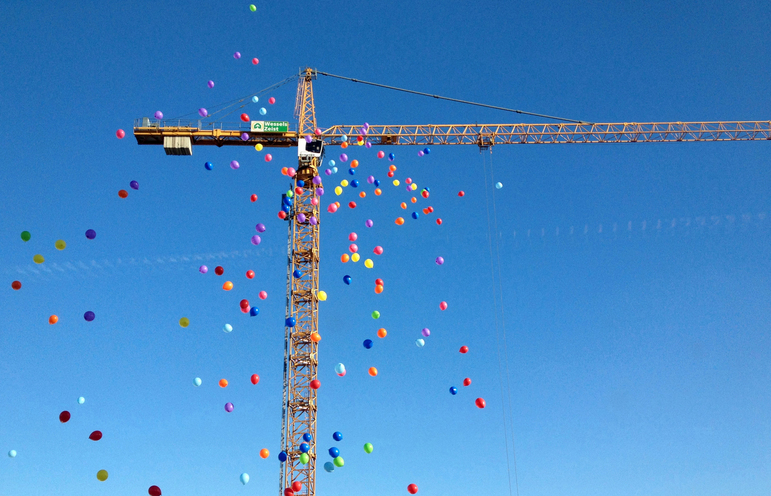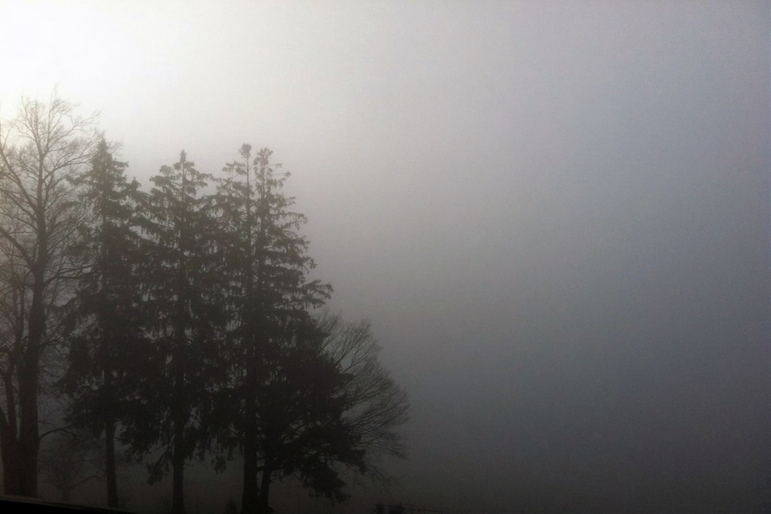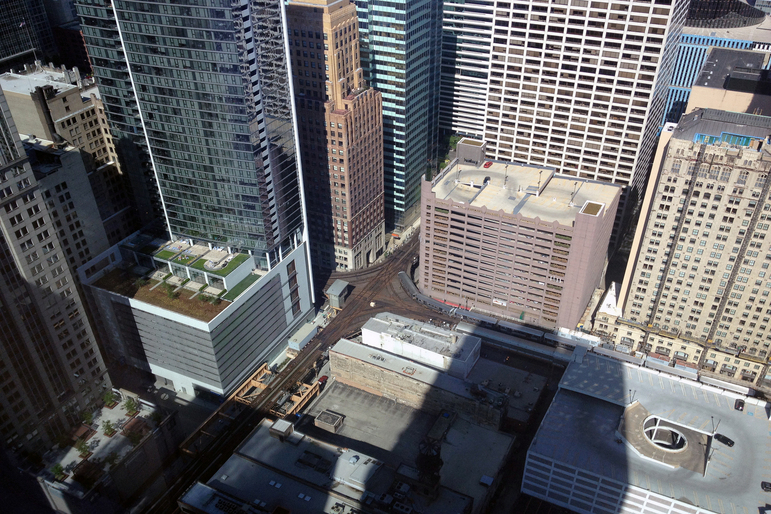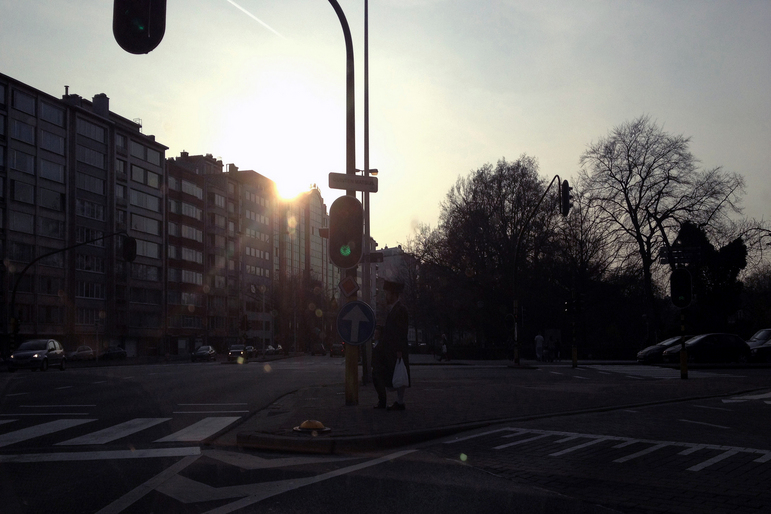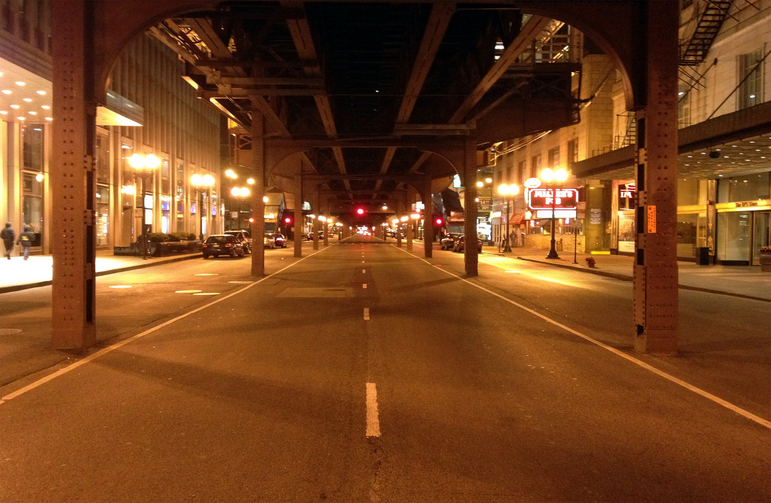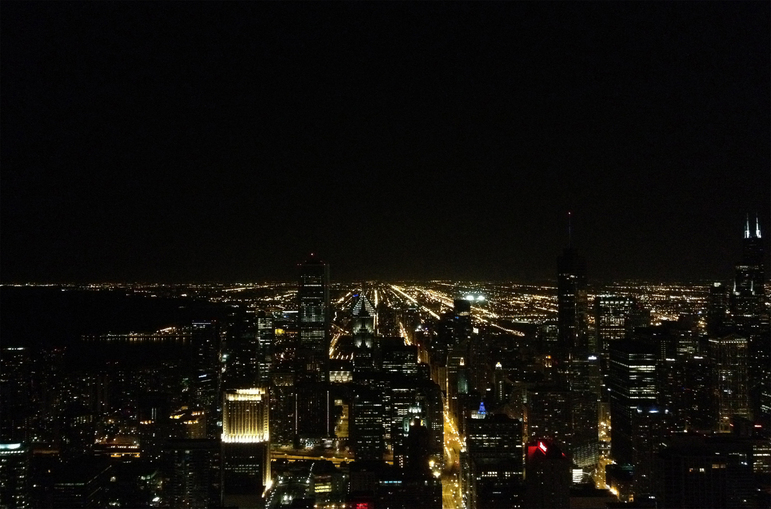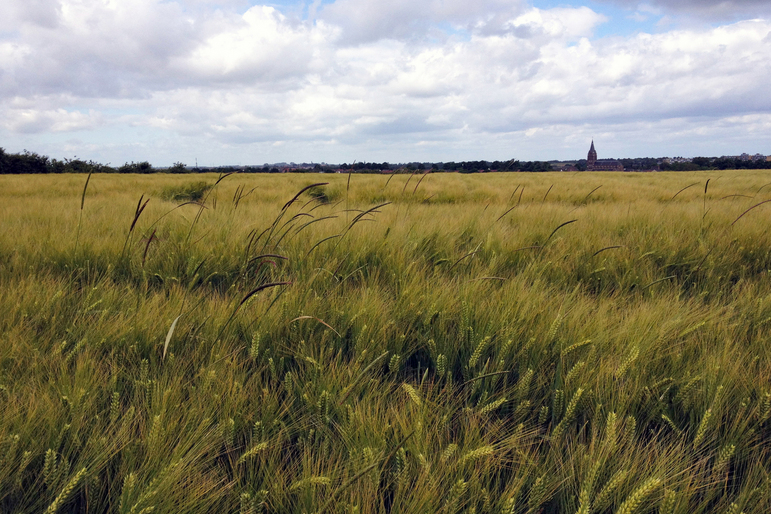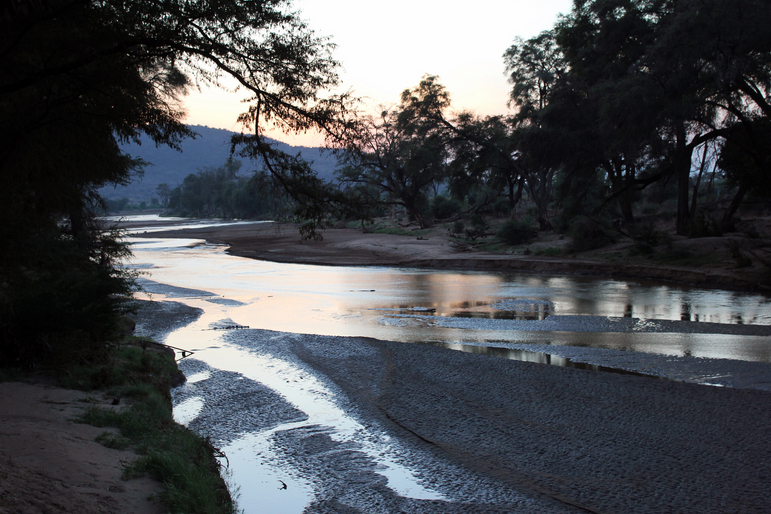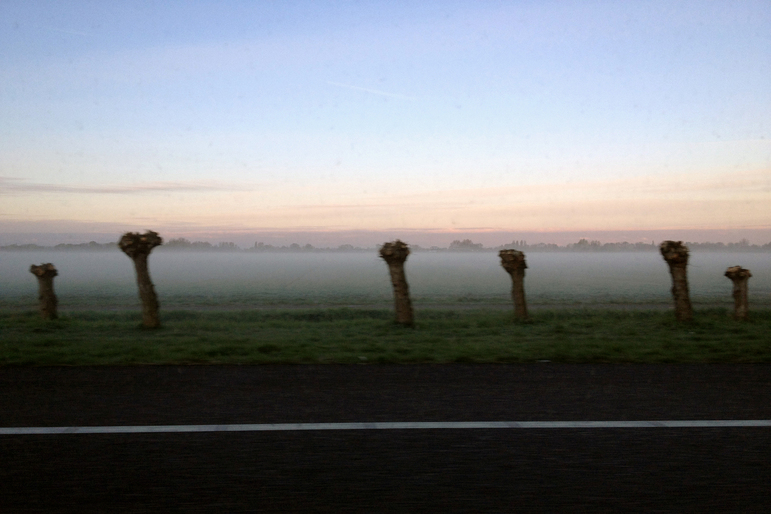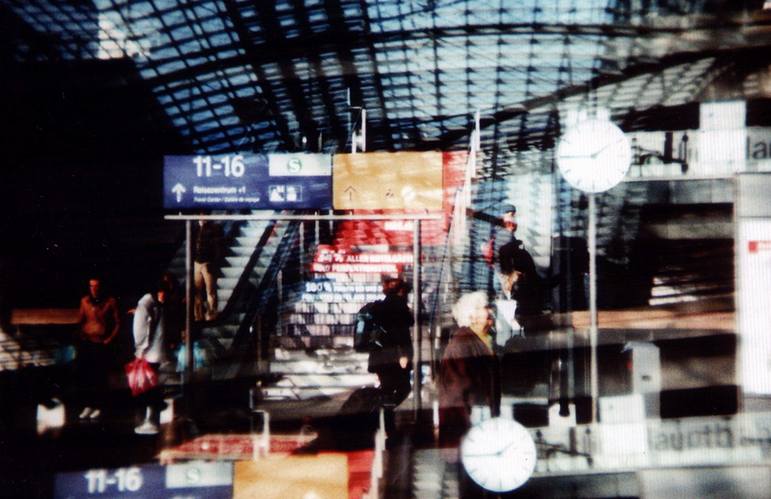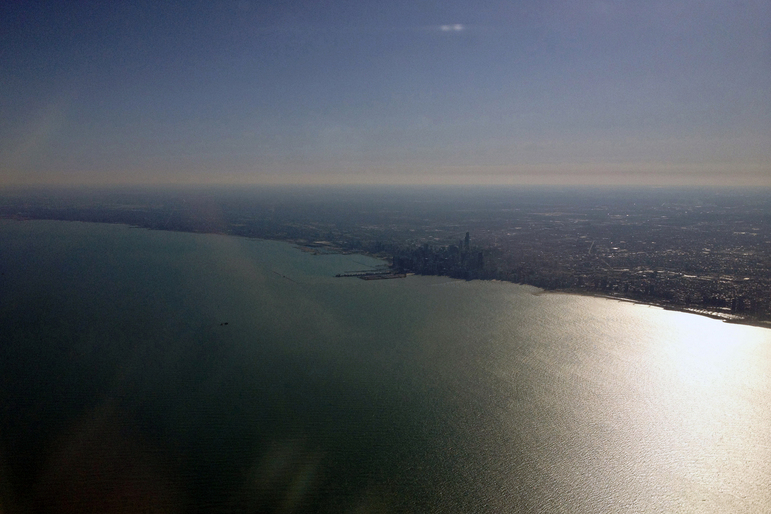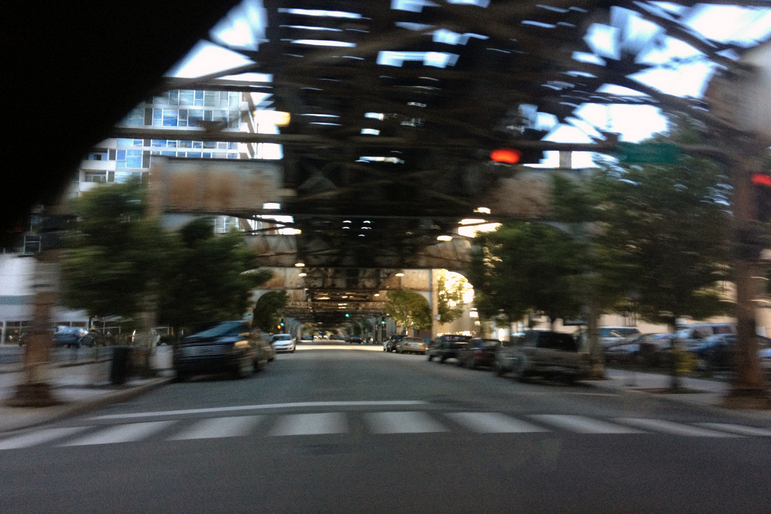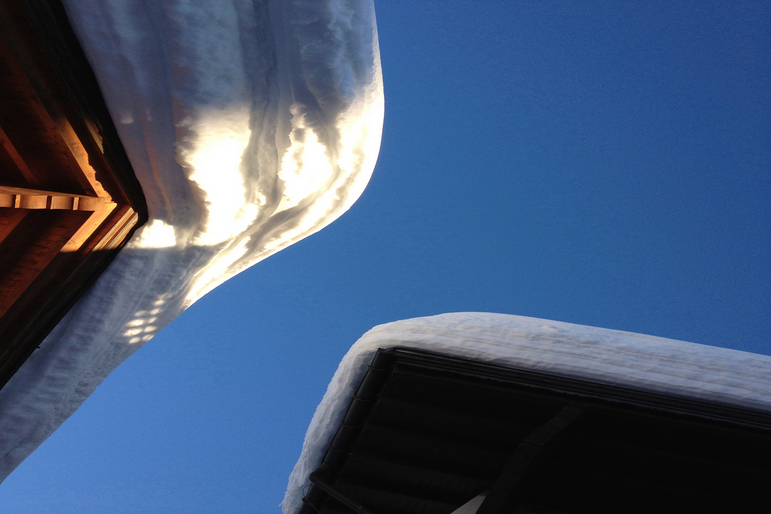Protocol
To launch a magazine at a moment when many others are being introduced is an interesting challenge; especially when the magazine is the responsibility of university students. That a new magazine is being introduced by the student body of the UdK in Berlin, a city with a deficit of more than 50 billion Euro, at a time when the academic climate worldwide seems to be in a state of disinterest by the political establishment, is even more curious. We should be worried by the fact that the global disinterest in architectural research is real. While counter to this, the amount of money 'society' spends on education today is dramatically low, even though the world is richer than ever before. In this respect, one could say there is no better day than today, and no better city than Berlin, in which to launch Protocol. That the student body has decided to present this new publication to the world outside the confines of the university is no coincidence. More so, it is a very strategic act.
I am interested in the importance of critical moments in time, related to the larger perspective. Therefore, for me, writing a text or a book is more than relevant within the architecture discipline. But, at this moment in time, it seems not to be; the 'image' is what matters when one walks into a bookstore. That’s why, today, we'll be pleasantly surprised to remove the plastic cover from the first issue of Protocol – there are no images on this cover. I will not attempt to describe the history of the architectural magazine, but rather a timeframe and the position of the discipline, in order to share with you my thoughts about architectural publications.
Europe tried to radically abandon its nineteenth century heritage after World War I, and instead, the position of the city became the main topic in architecture. In Russia, Constructivism was perhaps a phenomenon by which the avant-garde fulfilled a revolution by means of their discipline, and not through violence. That was a moment in time when art, graphic design, architecture, theater, and, for the first time in history, the discipline of film gave rise to a new way of thinking. Lissitzky and Ladovsky later produced the magazine De Stijl in the Netherlands, and Mies produced G in Berlin – which was published not just to present his own work. And still, both initiatives where extremely personal and both were intended to create a discourse among friends. Would the Rietveld Schröder House have be designed as it were without these debates? The same could be asked of Broadway Boogie-Woogie, which Mondriaan produced shortly after moving to New York City in 1940. Without such publications, we would have no insight into the debates between JJP Oud, Rietveld, Mondriaan, and van Doesburg.
The Italian magazine Casabella, with its square format, has been edited by iconic names like Pagano and Ernest Rogers. And it was when I was a student while preparing to publish a book on FPJ Peutz, that I discovered his ‘House for Retraite’ was published in Casabella in 1936. Only then did I first began to understand the importance of the printed medium within architecture. It's not only important that the work of an architect is published; it's important which publications the work is published within. As Peutz was related to the Italian intellectual scene, and as he was interested in a more intellectual position, he was not on speaking terms with other Dutch architects, such as Rietveld and Duiker; for them he was not 'Calvinistic' enough, thus he was isolated from the local debate. It was at that moment I took the decision, which I still very much believe in, to ‘trust my own intuition', and to follow a straight path. And on this note, the -isms occurring during my time as a student – Postmodernism, Deconstructivism – have rarely influenced my thinking.
After World War I ended, several magazines proclaimed the enthusiasm at the time. In Europe, but suddenly also in America, the architectural magazine was viewed as an instrument for the architectural discipline to announce itself to the world. The publication became an advertisement to other architects and laymen. Today, there are growing number of publications that attempt to discover the architectural discipline.
The international academic architectural climate radically changed in the late 1950s. Architectural debate after the decline of the Modern Movement was too democratic and the discipline seemed to lose its own identity. And it was only with Aldo Rossi’s book L’Archittettura della Citta, and the writings of Manfredo Tafuri, that a debate about the architectural discipline was once again triggered. Although this started in Europe, it was in New York City at the Institute for Architectural and Urban Studies, directed by Peter Eisenman, where the focus of this debate happened. Oppositions was a magazine published by the institute, and within its pages Rossi, Eisenman, Tafuri, and Koolhaas published their thoughts. The debate was then taken to the Cooper Union, lead by John Hejduk, Columbia University, and Princeton. The debates occurring at these schools were heavily based on an intellectual discourse in which other disciplines, such as philosophy, began to play a larger role in architecture. In this respect I would dare to say that the AA in London was, perhaps, also part of this discourse. It was a school in which its Canadian Dean, Alvin Boyarski, became a key figure. And it was he, in spite of the fact that the school had few resources, who took the initiative to first publish the AA Files, one of the most influential magazines of that time. It was a magazine that friends of the school contributed to; it became a platform for student work, presented by their professors.
It was my ultimate goal in the 1990s, when I began as Dean of the Berlage Institute, to establish a magazine that focussed on the city at large, in which the work of our peers, from different disciplines, and the work produced by our students, formed its core. It was with Jennifer Sigler, who joined the Berlage Institute after finishing her work at OMA – editing Rem Koolhaas' S,M,L,XL – that Hunch was launched as a hybrid magazine published only when we had material worthwhile to publish, and of course, the money to print it. The Berlage Institute was not a school, as I do not believe in teaching; the Berlage Institute was, at that time, a laboratory for architecture in which research was the focus and Hunch was the platform to communicate that focus through. Learning by research and debates with experts, formed the core of the Berlage Institute.
As a student my belief in being an autodidact was present. My interest in the debate lead me to become fascinated by the magazines I've mentioned. It was on an impulse that we created Wiederhall at the Technical University of Eindhoven as a student. Wiederhall was a magazine that became, for those who participates in its making, a tool with which to do research. One issue was about Cesare, whose house Judith Turner specially photographed on our request. It was also where Cattaneo’s written dialogue Gionanni e Giuseppe was published for the first time in English, after we translated it from the original Italian. We learned a great deal from Wiederhall, and it was very well received in New York City, London, and Japan. For me Wiederhall was a battleground which helped to incubate the tools I later used to launch Hunch. It was a platform to present our thoughts, to present our research, and to present our first projects.
To close, one has to make a distinction between magazines produced by architects, such as De Stijl, 8 & Opbouw, and G, versus, let us call them, commercially driven magazines, such as Casabella, Domus, Arch+, and Abitare. Oppositely, magazines such as Opposition, Perspective, the AA Files, and Hunch, were and are, tools developed by architects operating within the academic world. And last but not least, there is, parallel to these publications, a long list of magazines produced by student bodies at universities, in which future potential architects create a frame for their thoughts. As of today, Protocol can be added to this last list.
Wiel Arets, 2007

